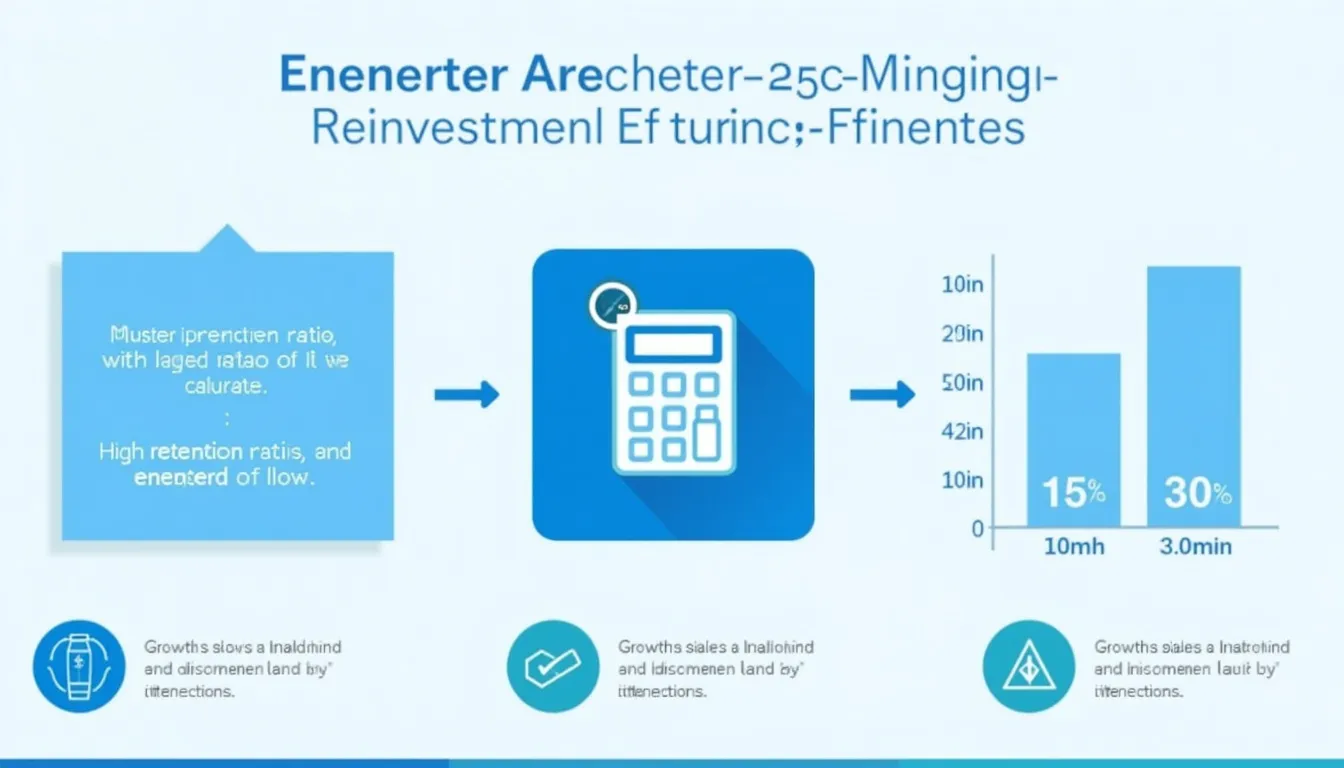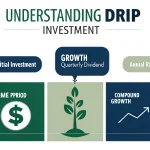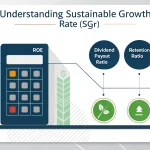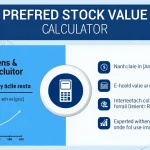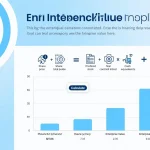Retention Ratio Calculator
Is this tool helpful?
How to use the tool
- Fill “Net Income (USD)”—type a whole‐period profit, e.g., $2 750 000 or $1 900 000.
- Fill “Dividends (USD)”—enter all dividends for the same period, e.g., $550 000 or $950 000.
- Press “Calculate” to display the retention ratio as a percentage of earnings kept inside the firm.
Formula used
$$ \text{Retention Ratio}= rac{\text{Net Income}-\text{Dividends}}{\text{Net Income}}=1-\text{Dividend Payout Ratio} $$
Example calculations
- Example A: Net Income $2 750 000, Dividends $550 000 $$ rac{2 750 000-550 000}{2 750 000}=0.80=80\%$$
- Example B: Net Income $1 900 000, Dividends $950 000 $$ rac{1 900 000-950 000}{1 900 000}=0.50=50\%$$
Quick-Facts
- Average S&P 500 dividend payout ratio was 31 % in 2022 (FRED, 2022).
- Tech firms show median 75 % retention, highest among major sectors (Morningstar Sector Report 2023).
- Negative retention means dividends exceed earnings, a sustainability red flag (Investopedia, 2023).
- The sustainable growth rate equals ROE × Retention Ratio (CFA Institute, 2020).
FAQ
What is the retention ratio?
It is the fraction of net income a company keeps rather than distributes as dividends, signalling reinvestment intensity (Investopedia, 2023).
How do you calculate it?
Subtract dividends from net income, divide the remainder by net income, then multiply by 100 % for a percentage (CFA Institute, 2020).
Why does the ratio matter to investors?
A higher ratio shows internal funding for growth; lower values indicate cash returning to shareholders. Reinvestment can accelerate future earnings (Morningstar Report 2023).
What is a “good” retention ratio?
Growth companies commonly retain 70-100 %, whereas mature utilities average 40 % (S&P Global Market Data 2022).
Can the ratio be negative?
Yes—when dividends exceed net income—highlighting unsustainable payout levels and possible cash-flow strain (SEC Financial Reporting Manual §10000, 2022).
How often should I recalculate?
Update annually with audited financials; quarterly checks provide quicker insight into strategy shifts (PwC Guide to Financial Statement Analysis 2021).
How does it link to growth?
The sustainable growth rate equals ROE × Retention Ratio; reinvesting profits at a 15 % ROE and 60 % retention supports 9 % growth (CFA Institute, 2020).
How can managers use the figure?
They balance dividends against project funding; “The retention ratio indicates management’s confidence in generating superior returns on reinvested earnings” (CFA Institute, 2020).
Important Disclaimer
The calculations, results, and content provided by our tools are not guaranteed to be accurate, complete, or reliable. Users are responsible for verifying and interpreting the results. Our content and tools may contain errors, biases, or inconsistencies. Do not enter personal data, sensitive information, or personally identifiable information in our web forms or tools. Such data entry violates our terms of service and may result in unauthorized disclosure to third parties. We reserve the right to save inputs and outputs from our tools for the purposes of error debugging, bias identification, and performance improvement. External companies providing AI models used in our tools may also save and process data in accordance with their own policies. By using our tools, you consent to this data collection and processing. We reserve the right to limit the usage of our tools based on current usability factors.
